Tay Ninh's agricultural sector and research units are still making efforts to find new cassava varieties that have mosaic-resistant genes, ensuring productivity and quality, and are also resistant to typical diseases of this crop.
Despite positive signs, the six cassava varieties resistant to mosaic disease recognized and announced for mass cultivation by the Ministry of Agriculture and Rural Development still show many different shortcomings.
Disease still ravages cassava varieties
Tay Ninh has the second largest annual cassava growing area in the country (over 62,000 hectares), after Gia Lai . The average yield of cassava in Tay Ninh is 33-35 tons/hectare, the highest in the country (1.7 times higher).
However, according to agricultural experts, continuous intensive farming creates conditions for many diseases to develop and cause damage to cassava plants, affecting the yield and quality of tubers.

Collar rot disease (tuber rot) on cassava plants. Photo: TL
Among them, root rot (bulb rot) discovered in 2014 is still raging today. The disease spreads and causes the roots and stems to shrink, crack, leak sap, and rot; the leaves suddenly wilt. The disease spreads to the tubers, causing them to rot.
According to a survey by the provincial agricultural sector in the recent 2023-2024 Winter-Spring crop, Tay Ninh has more than 300 hectares affected by collar rot disease. The infected area is widespread in almost all of the province's main cassava growing areas.
As for mosaic disease discovered in 2017, there is still no specific treatment. Since 2018, the Department of Agriculture and Rural Development of Tay Ninh has coordinated with institutes and research centers to select and create 6 cassava varieties resistant to mosaic disease, which have been recognized and announced for circulation by the Ministry of Agriculture and Rural Development, including: HN1, HN3, HN5, HN36, HN80, HN97.

Leaders of the Ministry of Agriculture and Rural Development surveyed the area growing mosaic-resistant cassava varieties in Tay Ninh province. Photo: Nguyen Vy
Although there have been positive signs, Mr. Nguyen Dinh Xuan - Director of the Department of Agriculture and Rural Development said that these varieties, when grown en masse in the field, still reveal many different shortcomings.
For example, the HN5 variety has a large trunk and large tubers but the starch content is not high. The HN1 variety is very successful in terms of starch yield and quality but suffers from other diseases such as root rot, stem canker or broom on the top...
Discovery of new mosaic-resistant cassava variety
Hung Loc Agricultural Experimental Research Center (Dong Nai) is one of the units that has been working hard with Tay Ninh for over 4 years. MSc. Pham Thi Nhan - Deputy Director of the Center said that climate change has a significant impact on the degeneration of varieties in general and cassava in particular.
Therefore, although 6 mosaic-resistant cassava varieties have been found, testing is still carried out regularly and continuously. Because to find new, superior varieties requires a lot of time and effort. On average, it takes at least 3-5 years to select a recognized variety.

MSc. Pham Thi Nhan surveys mosaic-resistant cassava varieties of Hung Loc Agricultural Experimental Research Center. Photo: Nguyen Vy
Through testing 10,000 hybrid seeds of cassava varieties with genes resistant to mosaic disease and some other diseases in Tay Ninh province, Hung Loc Center recently discovered the variety HLH20-0047.
According to MSc. Nhan, this is a superior variety because it is not only 100% resistant to mosaic disease but also has high yield and good starch. Under normal cultivation conditions, the HLH20-0047 variety can yield 35-45 tons/ha. If grown intensively and well cared for like in Tay Ninh, the yield can reach 45-55 tons/ha. The starch content reaches 29-30%.
In addition to being 100% resistant to mosaic disease, this HLH20-0047 variety is also resistant to witch's broom disease and can be cultivated in harsh soil conditions such as semi-flooded areas.

New mosaic-resistant cassava variety can be grown in the harsh soil conditions of Tay Ninh. Photo: Nguyen Vy
This variety meets the current needs of the cassava industry quite well. Hung Loc Center is completing the application for recognition by the Ministry of Agriculture and Rural Development," said MSc. Pham Thi Nhan.
In mid-October 2024, the Department of Agriculture and Rural Development of Tay Ninh coordinated to organize the harvest and evaluation of mosaic-resistant cassava varieties that have been tested and continuously selected at the Tay Ninh Agricultural Experimental Center from 2021 to present.
According to Mr. Jonathan Newby - Director of the International Cassava Program (CIAT Center), after this harvest, it is expected that there will be 2 new cassava varieties with genes resistant to mosaic and some common diseases. At the same time, the 2 new varieties have high yield and starch quality or equal to the previous varieties.
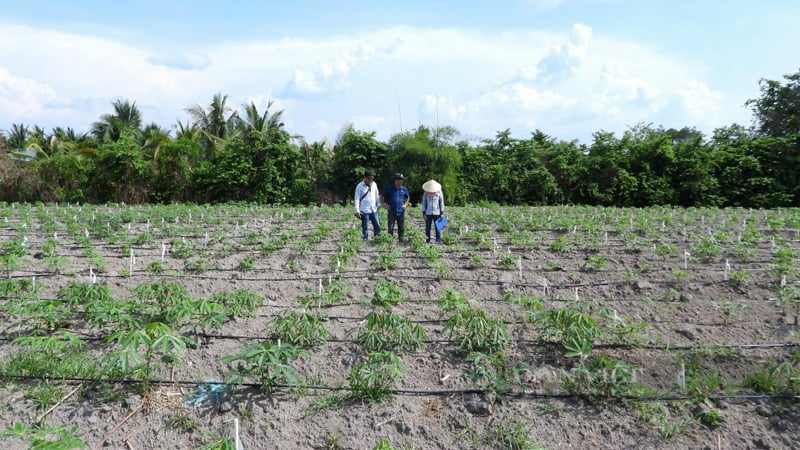
The Institute of Agricultural Genetics studies sustainable cassava cultivation processes. Photo: Nguyen Vy
Experts will have specific assessments of qualified varieties to apply for recognition and circulation licenses from the Ministry of Agriculture and Rural Development; then quickly deploy breeding work to meet people's needs.
In addition to coordinating the search and development of new cassava varieties, the Institute of Agricultural Genetics will also coordinate with international and domestic units to conduct research on sustainable farming processes in the direction of regenerative farming.
Dr. Nguyen Hai Anh - Deputy Head of Science and International Cooperation Department (Institute of Agricultural Genetics) said that this is an issue that the cassava industry needs to pay attention to in order to limit variety degeneration, both helping to improve soil health and increase productivity and quality of cassava starch.
Source: https://danviet.vn/giong-khoai-mi-khang-kham-moi-nhat-se-trong-tren-dong-dat-tay-ninh-do-la-giong-khoai-mi-gi-2024103112383681.htm


![[Photo] General Secretary To Lam attends the 18th Hanoi Party Congress, term 2025-2030](https://vphoto.vietnam.vn/thumb/1200x675/vietnam/resource/IMAGE/2025/10/16/1760581023342_cover-0367-jpg.webp)
![[Photo] Nhan Dan Newspaper launches “Fatherland in the Heart: The Concert Film”](https://vphoto.vietnam.vn/thumb/1200x675/vietnam/resource/IMAGE/2025/10/16/1760622132545_thiet-ke-chua-co-ten-36-png.webp)







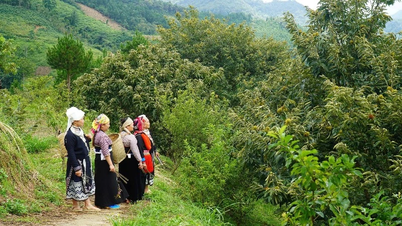
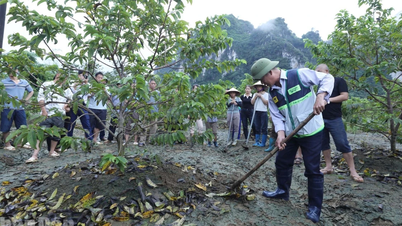

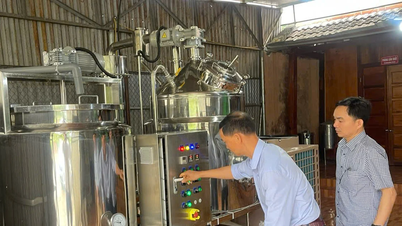










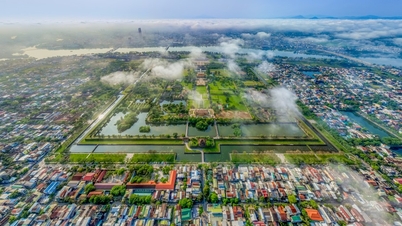



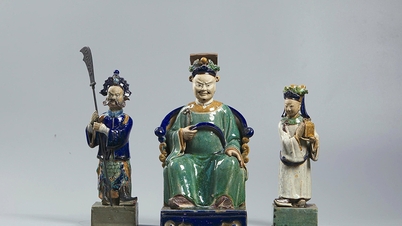



![[Video] TripAdvisor honors many famous attractions of Ninh Binh](https://vphoto.vietnam.vn/thumb/402x226/vietnam/resource/IMAGE/2025/10/16/1760574721908_vinh-danh-ninh-binh-7368-jpg.webp)




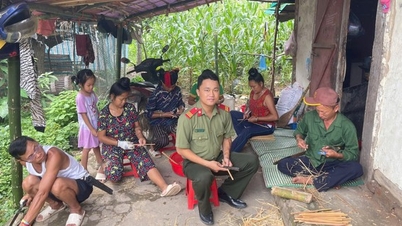

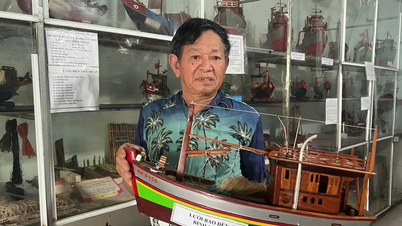




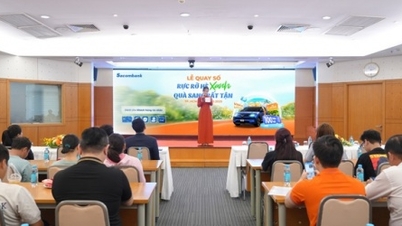

















![[Photo] Nhan Dan Newspaper launches “Fatherland in the Heart: The Concert Film”](https://vphoto.vietnam.vn/thumb/402x226/vietnam/resource/IMAGE/2025/10/16/1760622132545_thiet-ke-chua-co-ten-36-png.webp)















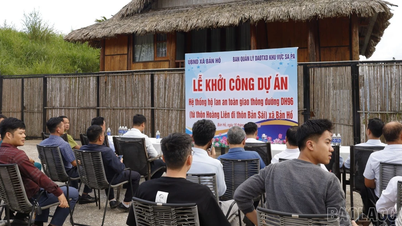

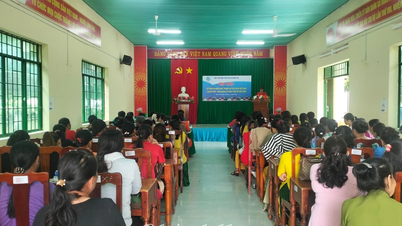







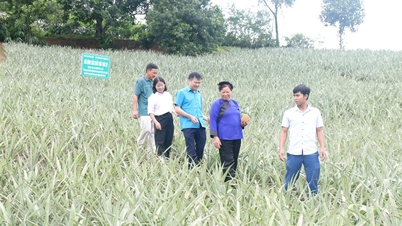

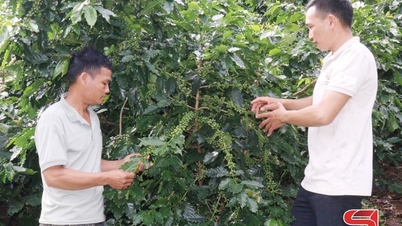

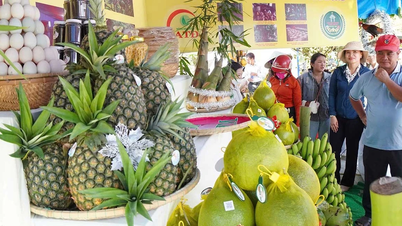

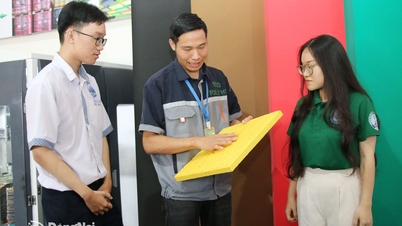








Comment (0)